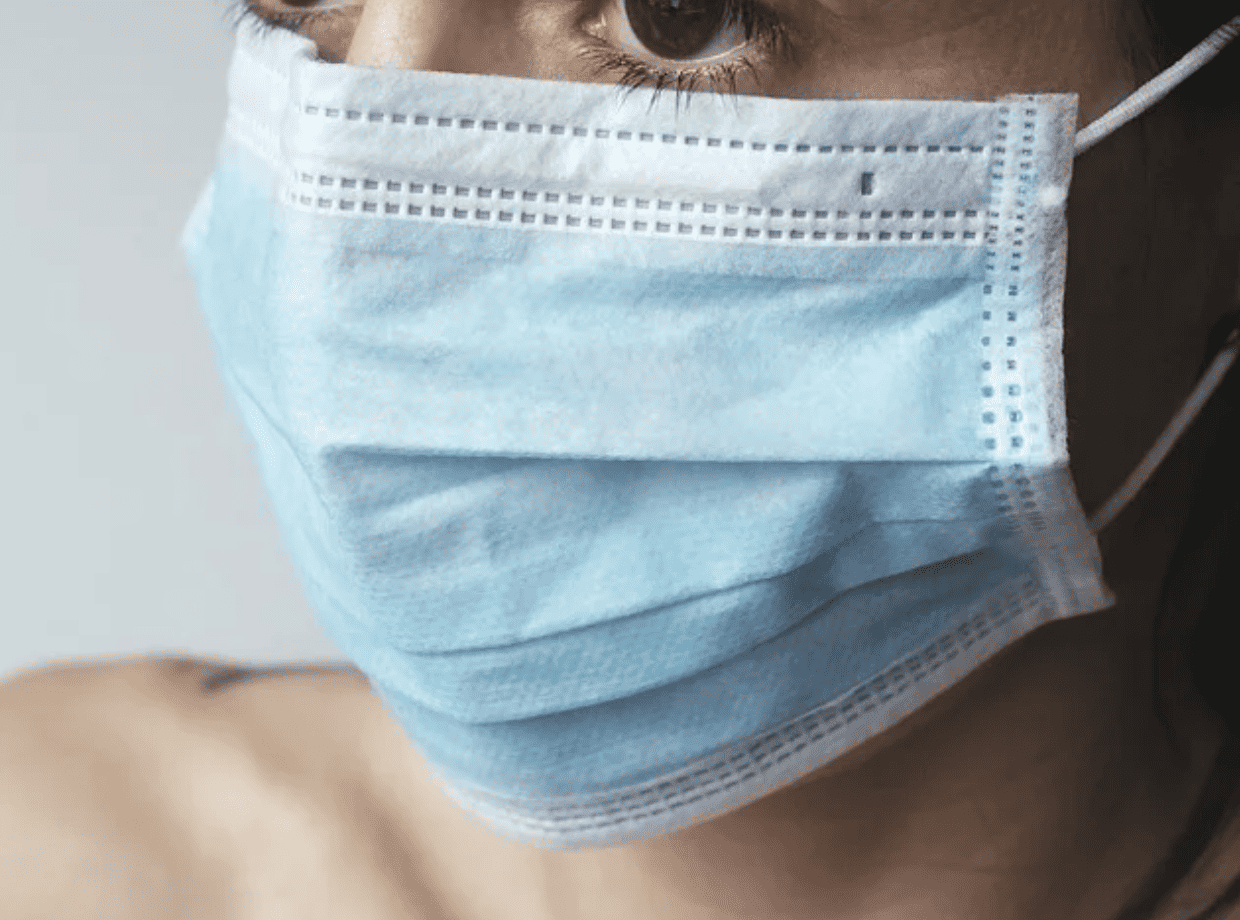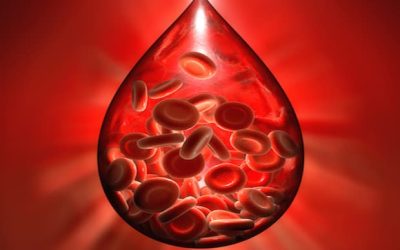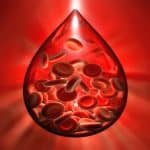Data from over 80,000 volunteers in England tested between 18 and 26 September as part of the country’s largest study into COVID-19 indicate that the overall rate of infection could be slowing.
Interim findings from Imperial College London and Ipsos MORI show that round 1 in 200 people are infected with the virus but that the R rate has fallen to around 1.1.
The report does show that prevalence of infection increased across all age groups and regions, being highest in the 18 to 24 years age group, with 1 in 100 people infected, and a seven-fold increase in cases in those aged over 65.
The North West had the highest levels of infection and the number of infections in London increased five-fold.
“While our latest findings show some early evidence that the growth of new cases may have slowed, suggesting efforts to control the infection are working, the prevalence of infection is the highest that we have recorded to date,” said Professor Paul Elliott, director of the programme at Imperial from the School of Public Health.
“This reinforces the need for protective measures to limit the spread of the disease and the public’s adherence to these, which will be vital to minimise further significant illness and loss of life from COVID-19.”
The interim findings are from a study commissioned by the Department for Health and Social Care to examine levels of infection in the general population in England by testing over 150,000 participants each month over a two-week period.
The final report, based on data of all 150,000 volunteers to be tested between 18 September and 5 October, will be published next week.









